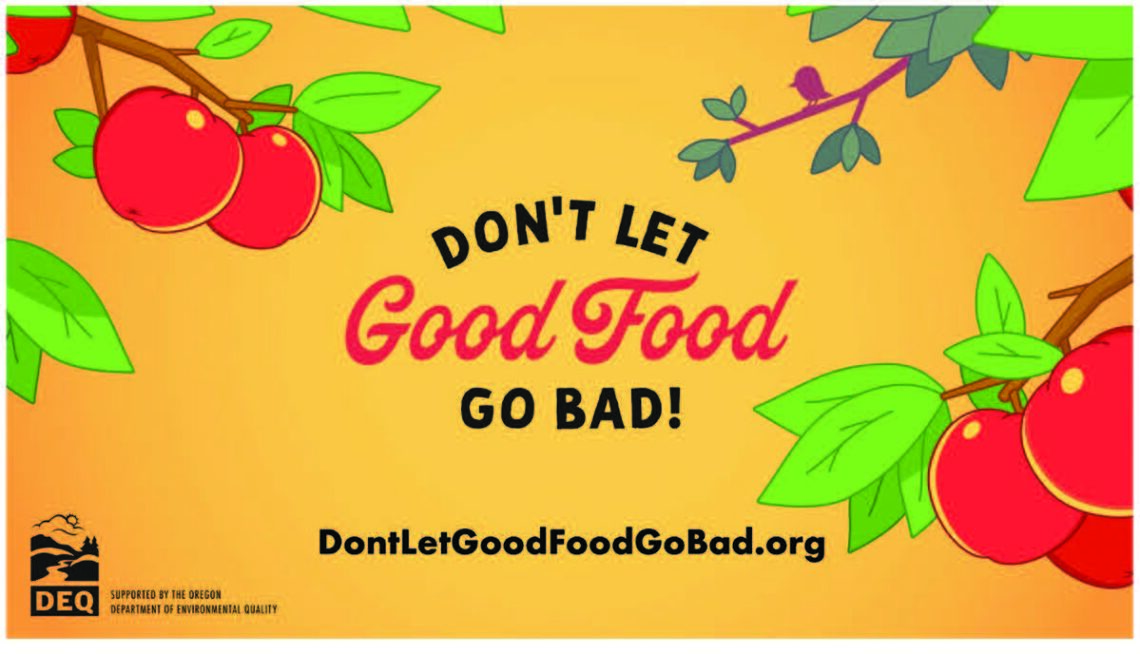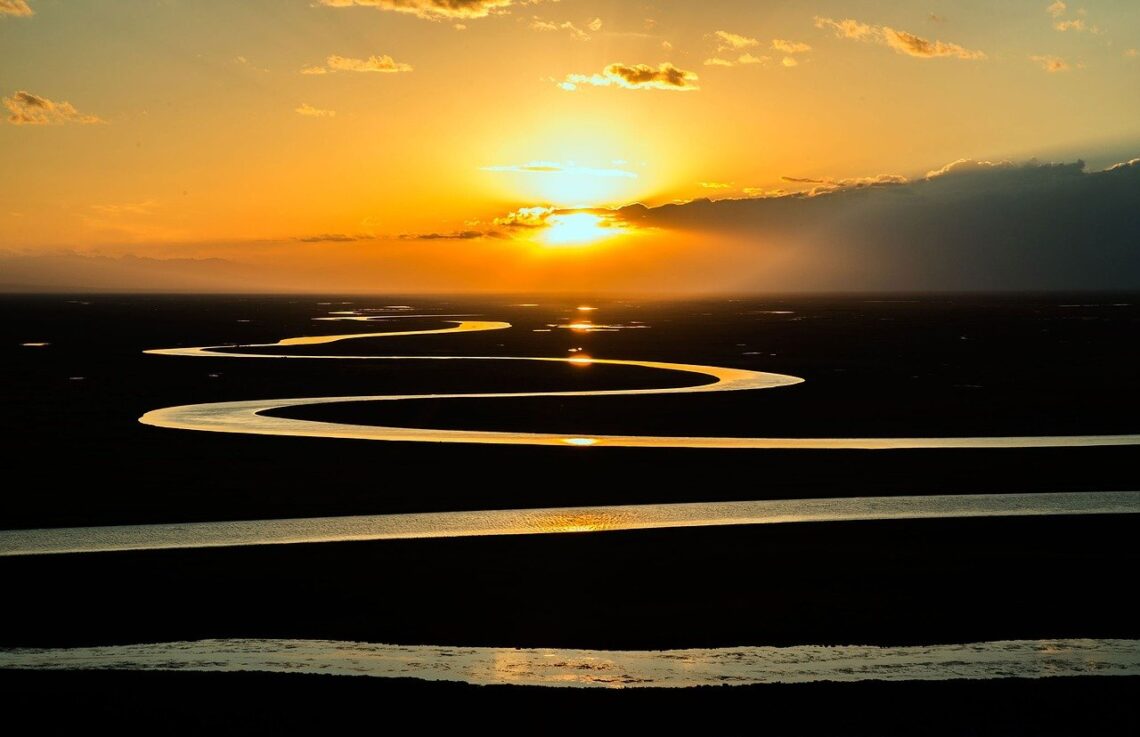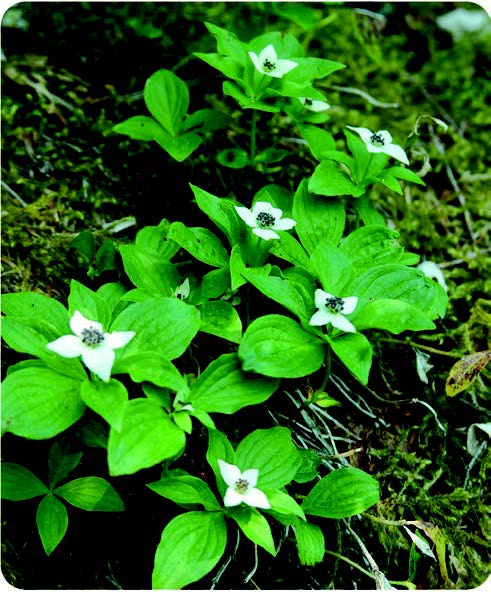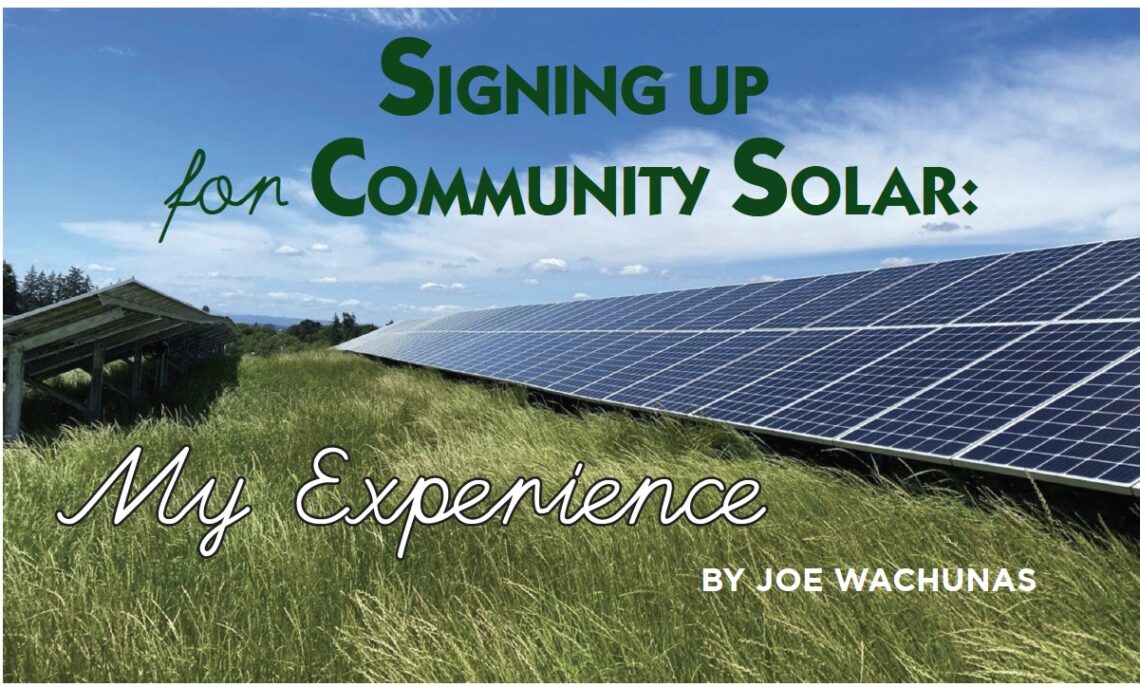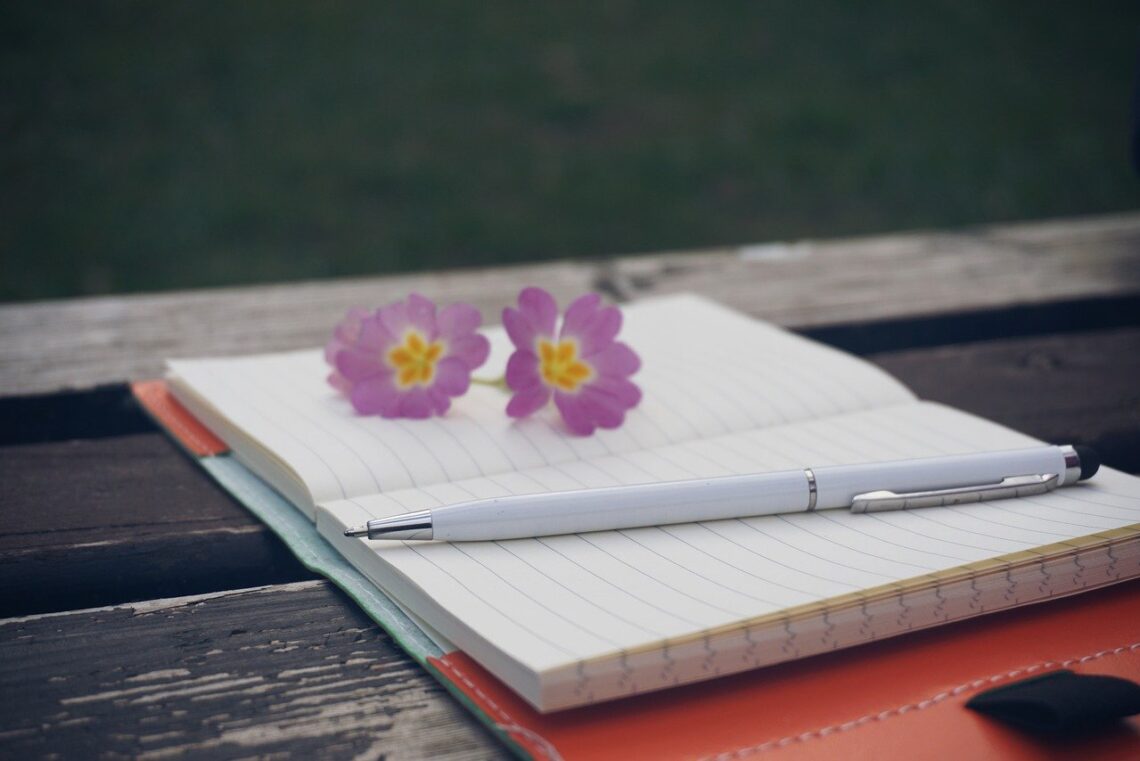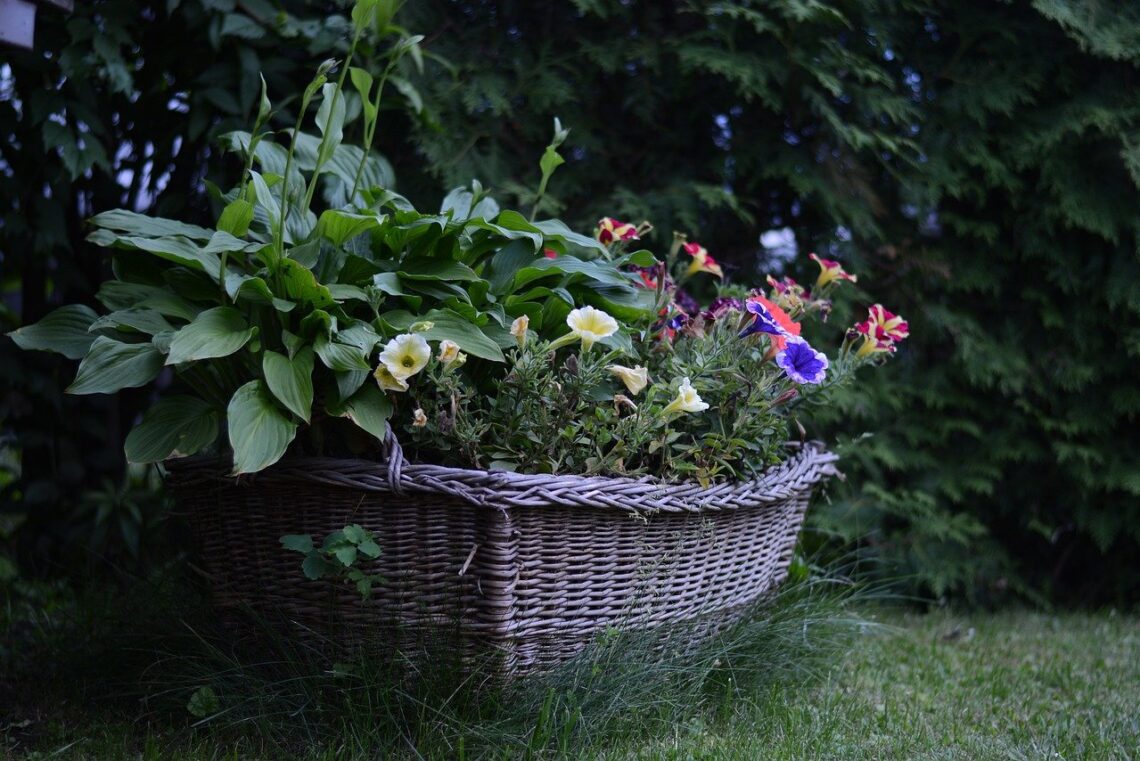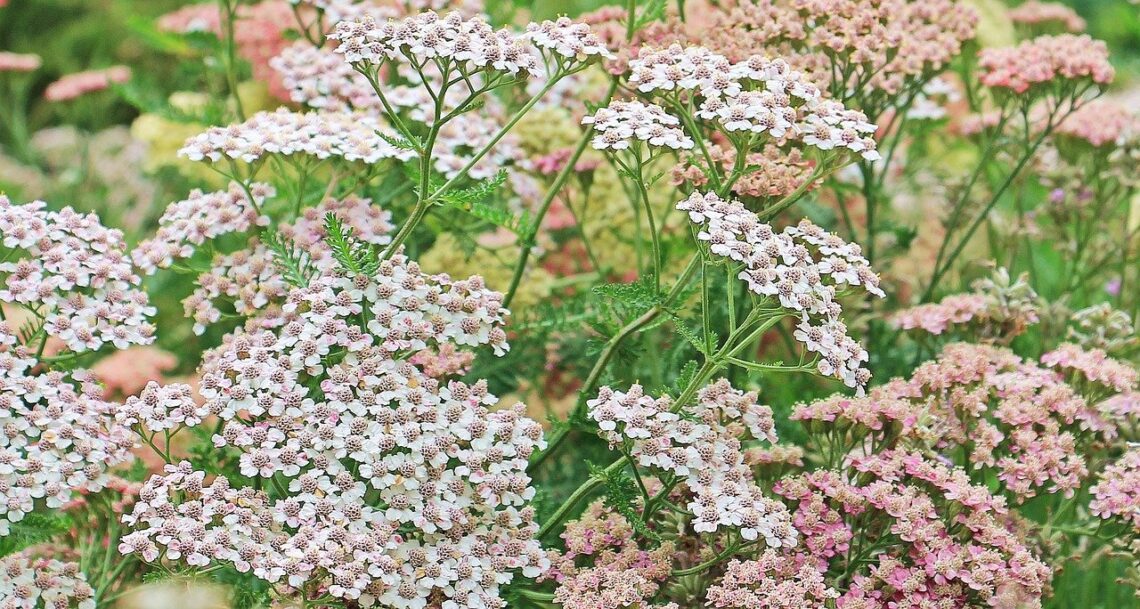LOCAL EFFORTS TO STOP FOOD WASTE PROVIDES A MODEL ON GLOBAL STAGE A panel of West Coast leaders shared programs that yield results in dealing with food waste at U.N. Climate Change Conference in Glasgow Headlines from the 2021 United Nations climate change conference can be discouraging. Time is running out, and the leaders of the world are unwilling -or able to give even a little. Climate scientists, legal experts, and politicians argue the final deal out of Glasgow resulted in incremental progress inadequate to address the climate crisis. Many people don’t realize that these summits do more than bring top leaders together to strike international deals. In the background,…
-
-
Thinking Upstream
“Hey, what’s that in the river?! It looks like…. It can’t be…Yes… yes, it’s a BABY! Oh my gosh, here comes another one! What on earth is happening?!? Where are those babies coming from?!” The people on the river banks jump in to rescue the babies floating downstream. They are able to reach them and save the babies from drowning. Then the next day, there are four babies struggling in the river! More folks jump in and save those babies. This process continues each consecutive day until finally, one of the people on the riverbank turns and runs upstream. “Where are you going?” shout the others. “I’m going to see…
-
Urban Singles and Food Waste;
How to Use What You Already Have As someone who wastes an extraordinary amount of food, The Earth Day celebration during a pandemic and economic uncertainty has me changing my ways. No more pretending “cleaning out the fridge” every two weeks doesn’t impact others and the natural world we share. My love of food and the joy of cooking leads me to make frequent complicated meals while living alone. My raccoon-like interest in the next shiny thing kept leftovers I’d already eaten a few times in the back of the fridge. Even if I did want some of that marvelous vegetable lasagne, I wasn’t sure if it was safe to…
-
Native Plants in the Pacific NW
& How You Can Incorporate Them Into Your Garden The last twenty years have seen a growing interest in gardening with native plants. The term “native” has several meanings, depending upon the context. “Native” is used to mean a plant species that has been in a specific region for hundreds of thousands of years and continues to be present in the landscape. Dinosaurs were surrounded by Araucaria, known today as Monkey Puzzle trees, and other conifer species; ferns, rhododendrons, and horsetail. So, these plants may be as old as 135- 180 million years. It doesn’t get more native than that. Another definition of “native” plants is that the species has…
-
It’s Not Easy Being Green
When I first went through the Master Recycler class in 1992, I was so excited to learn all about the Three Rs: Reduce, Reuse and Recycle. I wanted to share with everyone how they, too, could recycle more and reduce their waste (and their expenditures), and help the planet. I mean, wouldn’t everyone want to know how to do that?! Sometimes, it’s hard to know a lot about impacts and not be able to share that knowledge with others. It pains me: To see food wasted at all levels of production and consumption, knowing how many people go without, as well as how much water and fuel is also wasted. …
-
Signing Up for Community Solar
My Experience Community solar just had its first birthday in Oregon. While the program was years long in the rulemaking, it has been slow to roll out, and COVID then threw a wrench in the works. The first PV projects are now steadily moving forward and will go into the ground and catch solar photons next year. Oregon is one of a handful of states which currently have policies that support community solar. Some states (in green below) have programs in the works or about to launch, while others (in blue) have live, active community solar programs you can sign up for now. Advocates see community solar as an important…
-
Why You Should Consider Keeping a Garden Planner & Journal
Whether you have a container garden on your patio or a 4000 sq. foot garden like me keeping a garden planner and journal is one of the best investments you can make. At least, that’s what all the experts say. I have a confession: I have failed miserably at this important task. I have tried all kinds of planners: purchased and self-made, simple and complex, paper, and digital. But usually around June, I have abandoned my efforts to keep records. In the dark days of winter, I lament my absence of notes, relying on my mid-life brain to recall things that quite frankly, it can’t. But this year is different:…
-
Recycling in the Garden
If you are reading the Green Living Journal, you probably are committed to protecting the earth and reducing your drain on its plentiful resources. But the term “recycling” in the garden environment is often overlooked by mindful gardeners. Your garden is the most precious and vulnerable area you can impact and has all of the basics from which other recycling concepts arise. Consider: “they” are not importing atoms from Mars, or any farther planet, according to NASA. The particles that make up every rock, animal, plant, fungus, bacteria, or other earth forms—living or inanimate—were here at the creation of the planet. Our natural world is the simplest form of recycling.…
-
The Electrify Everything Climate Solution
Scientists agree we need to cut our heat-trapping emissions to zero by 2050 to avoid the worst effects of climate change – and we need to make big progress in the next decade. Waste reduction and energy efficiency measures alone can not get us all the way to net zero. Nearly All Emissions Come from Fossil Fuels Extracting and burning fossil fuels to generate electricity, transport goods, and people, and heat our homes, offices, and buildings – creates the vast majority of carbon emissions. In the U.S. and other industrialized nations, this accounts for over 75% of annual emissions. It will not be possible to prevent a climate crisis until…
-
Herbs Are Native, Too
Most of the herbs we grow or harvest are native somewhere. Many of them have Mediterranean backgrounds, but many more began in the woods and prairies nearer to home and were here before Europeans arrived. Some native plants are still foraged in their natural settings for personal use. Others have been domesticated, which we plant in our herb beds. Indigenous peoples were well acquainted with these native plants and used them for cooking, healing, and general well-being. Let’s dive into some native plants! Yarrow – Achillea millefolium This native plant is not only found in the woods, where it may come in handy when camping or hiking but is often found…

